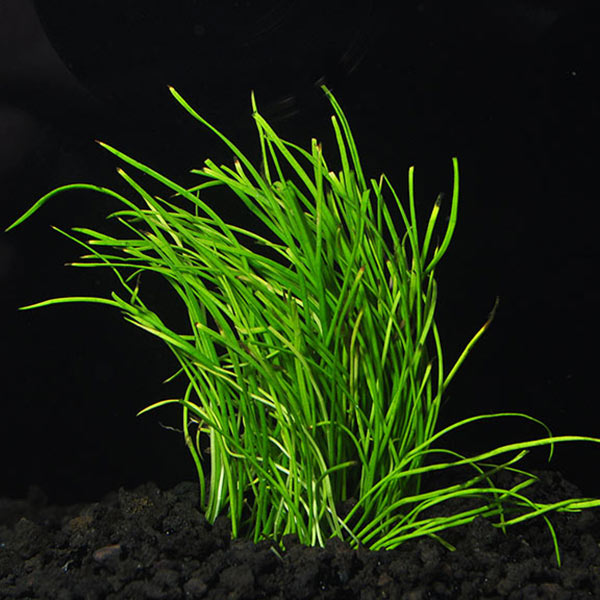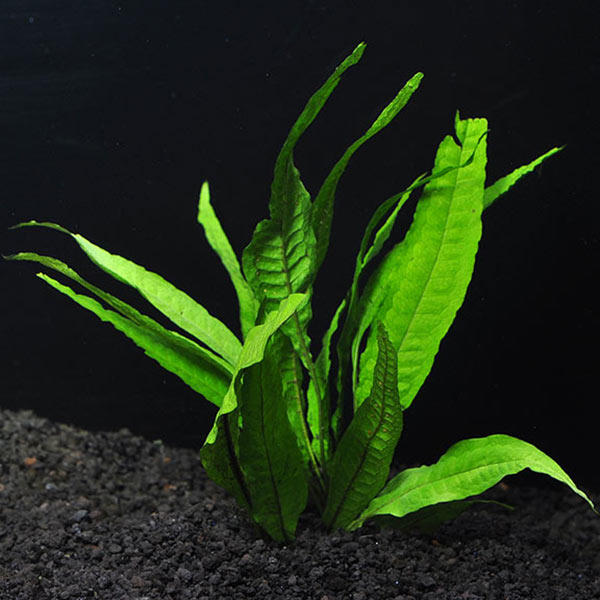LiveAquaria® Step-by-Step Planting Guide for Freshwater Aquarium PlantsLive plants are beneficial additions to your freshwater aquarium. They offer an exciting and fulfilling dimension to your hobby and is arguably one of easiest way to improve aquarium water quality and aesthetics.Live aquatic plants help recreate a natural ecosystem in miniature and keep your aquarium fish happy and healthy by providing shelter and a sense of security, especially for timid species. Live plants enhance your aquarium's appearance and provide a much more natural environment for its inhabitants. Above all, live plants optimize aquarium water quality by providing additional biological filtration, which helps support overall fish health. Adding new aquatic plants to your aquarium is a simple process. However, keep in mind that different types of live aquarium plants have different planting requirements in order to thrive. LiveAquaria® highly recommends quarantining all new aquatic plants in a separate aquarium for a period of two weeks to reduce the potential introduction of snails into your aquarium. Be sure to visually inspect the leaves of the plants for snail eggs and remove any you find using your fingernails. Then, thoroughly rinse each plant in water. In addition, all dead leaves should be removed from the plant before being added into the display aquarium.* 
Rooted PlantsUse these recommendations for either potted plants or bare-root plants.

Stem PlantsThese plants are usually planted in groups, but each stem should be planted in its own individual hole to prevent any potential decaying stem from contaminating the rest.

Rootless PlantsBecause these plants do not have a root structure, they need to be secured onto decorative wood or stones. To make this procedure easy, we recommend you tying down rootless plants out of the water.

Bulbs, Tubers, and RhizomesThe roots of these plants should be trimmed if they are damaged or black. However, caution must be used to not damage the actual body of the plant when cutting the roots.
*Learn More about why you should quarantine all new aquatic plants and what you can do to prevent the potential introduction of unwanted hitchhikers.Acclimate New Fish, Corals, & InvertsPlant Pond or Water Garden Plants |


